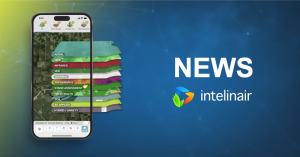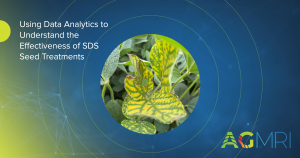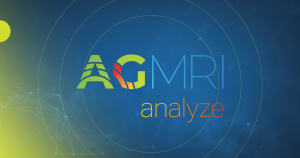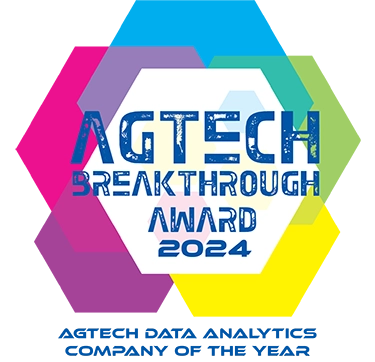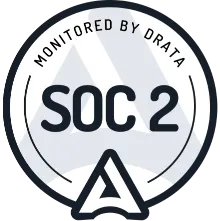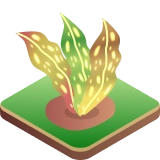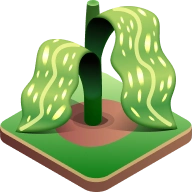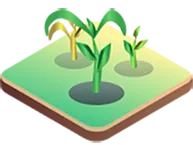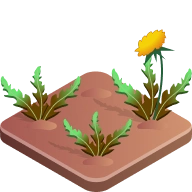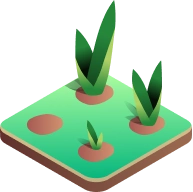INDIANAPOLIS – Intelinair is pleased to announce the addition of Peter Reding as Business Intelligence Leader, effective February 10.
“We are pleased to have Peter joining our team. Peter brings a strong blend of agriculture, technical, and engineering expertise to this position,” said David Wilson, Senior Vice President of Engineering for Intelinair. “We look forward to having him be part of our growing team.”
Prior to joining Intelinair, Peter worked at ProAg Insurance, where he served as a data engineer and previously as a business implementation analyst. In these roles, Peter was responsible for enterprise data warehouse operations and maintenance, leading data analytics initiatives, advising agile development teams, and overseeing cloud data engineering tasks. Before ProAg, Peter managed all grain-facility operations, as well as compliance, operational, and administrative data, at Langeland Farms, Inc. in Indiana. His earlier experience includes positions as a feed mill manager for Colorado Quality Research and a business analyst for Lansing Trade Group (The Anderson’s Inc.), seven years of military service in the US Army and US Army National Guard, as well as being raised on a small farm in southeast Indiana.
“Intelinair has given me an incredible opportunity to combine a lifetime of hands-on agricultural experience with my passion to develop valuable tools using new technologies. I am humbled and excited to be joining a team that is focused on using technology to provide tools for farmers that provide true value. I look forward to getting to work,” commented Reding.
Peter holds a bachelor’s degree in Agricultural Economics from Purdue University, as well as a bachelor’s in Analytics – Cloud Computing from Purdue Global. He is also a dual AWS Certified Data Engineer and Cloud Practitioner.


